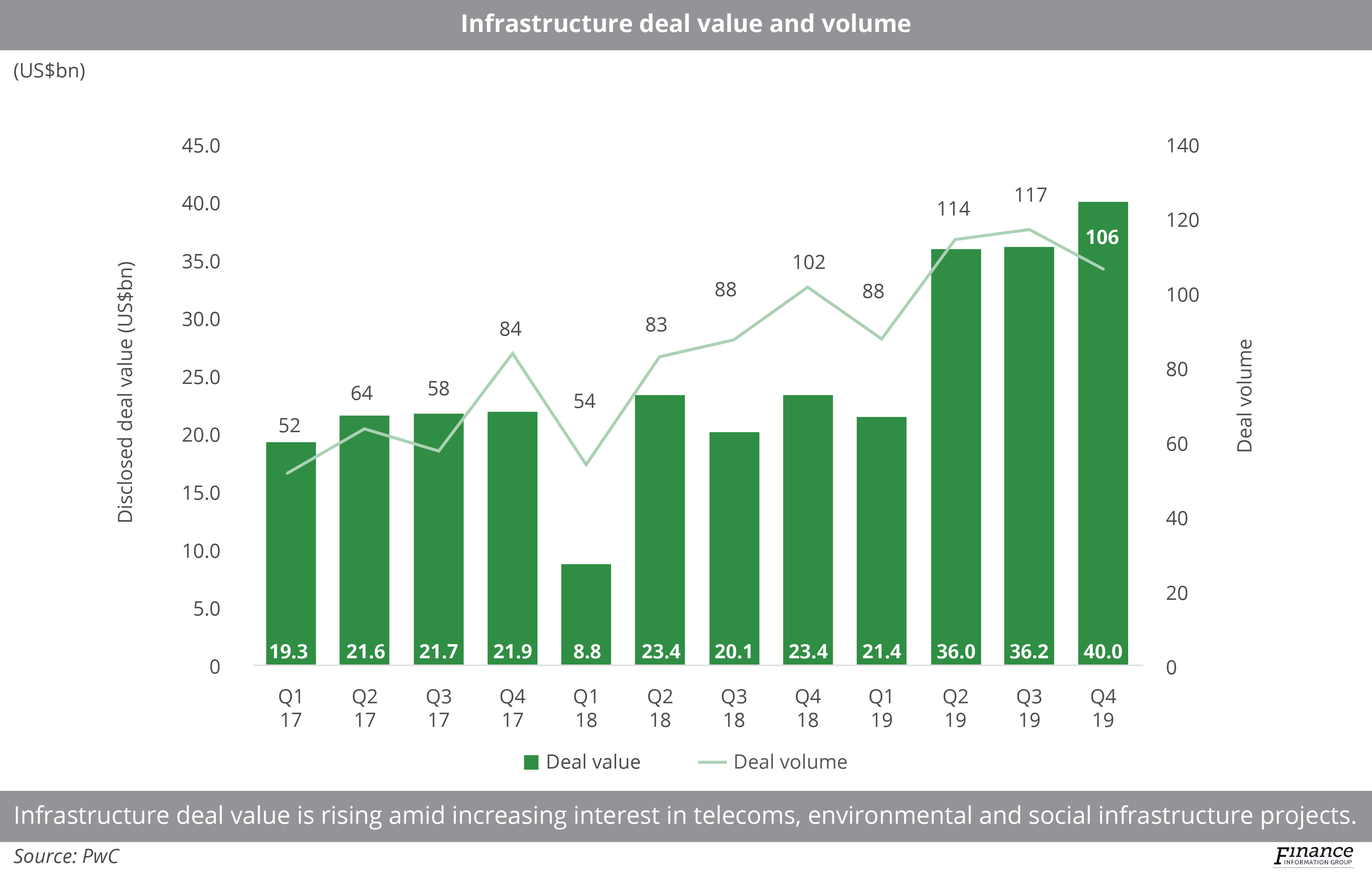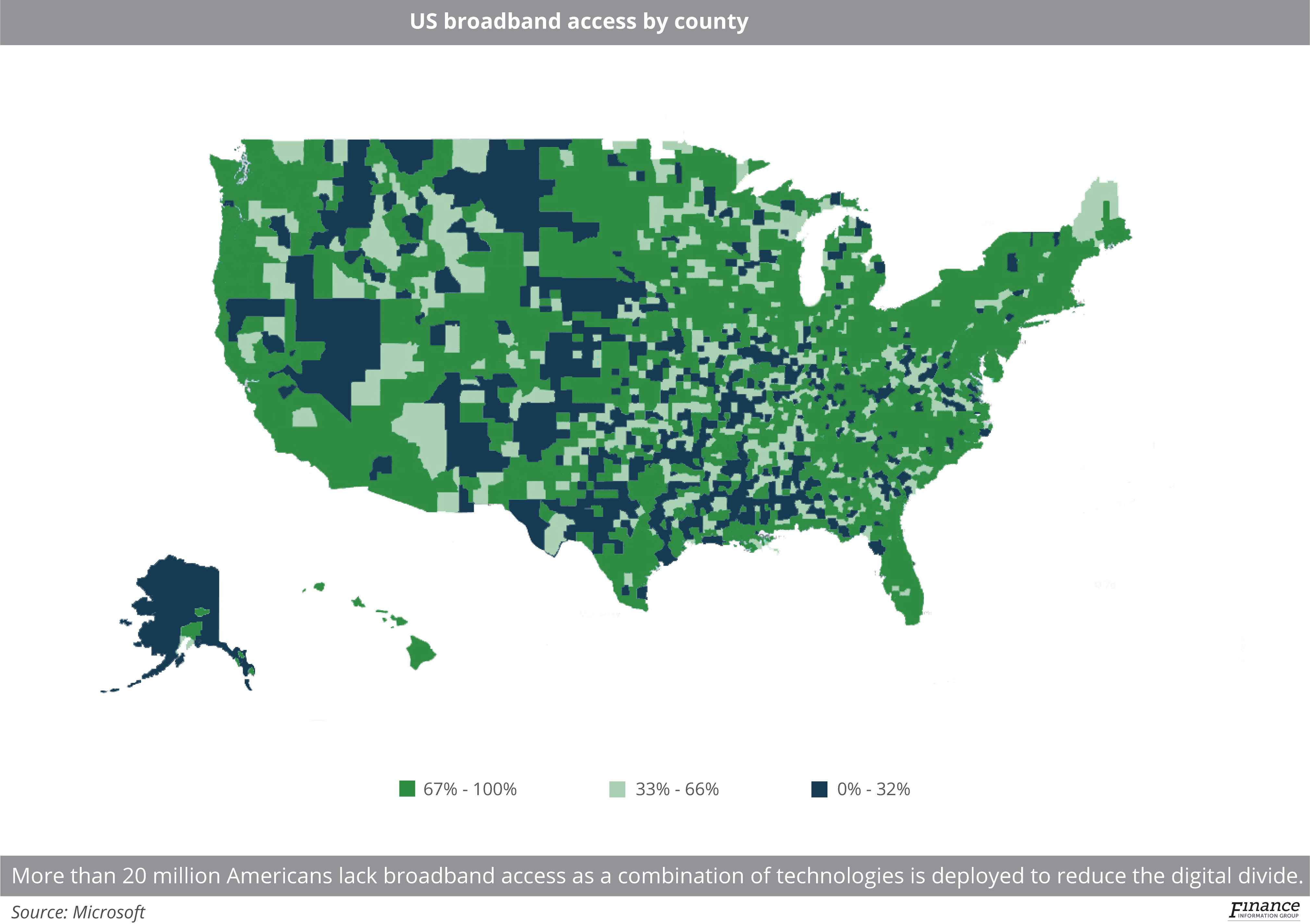
Fiber Network Deployment
Focus shifts to digital infrastructure deployment efficiencies
Connectivity Business -- February 18, 2021
COVID-19 has heightened awareness of how critical telecoms infrastructure is for enabling economic growth, and how a lack of access disadvantages communities. It means funding is no longer the main constraint to deploying digital infrastructure in countries like the US, according to Sam Pratt, CEO of fiber deployment solution provider Render Networks.
Amid a spike in demand for connectivity and supply, the challenge has shifted to the need for efficiency.
“The investment community, along with network operators, ISPs, communications service providers in general, are finding that the problem is no longer where the money is going to come from,” Pratt told Connectivity Business in an interview.
It marks a significant change from just four years ago when the Australia-based company launched in the US, bringing virtualization, AI and machine learning tools that aim to optimize the deployment of communications infrastructure, ensuring a single flow of data from design through to network delivery.
Billions of dollars of allocations and grants are now flowing in at a federal and state level – with programs such CAF, CAF II and RDOF, along with private investors looking for yield in the market is.
“We’re now in a position in the market where supply is absolutely a challenge, in order to meet the demand in the industry, and that’s manifesting itself in a number of ways,” Pratt said.
Supply stress
In terms of materials on the supply side, Pratt said he sees lead times of anywhere between 26 and 40 weeks for fiber to hit the ground in the US.
“If you don’t already have a project that’s stood up, you’re looking at a six to 12-month delay before you can commence construction,” he said.
“And that’s in advance of the additional federal stimulus, which is on the immediate horizon from the new administration.”
As for labor resources, the industry anticipates a significant skills shortage which will drive the need for efficiencies further.
“For projects that do have materials, they’re finding that their supply costs are increasing – all of a sudden they’re looking for any way that they can in order to get a greater return on that resource investment,” he said.
The geographical nature of these networks means telecom operators are dealing with a distributed construction industry, with subcontractors used in most instances.
The vast majority of the US$150bn of deep fiber needed in the US by 2025 is being delivered with traditional construction practices, according to the company.
Pratt said that is where solutions like those offered by Render come in, helping companies reduce waste and ensure minimal handoffs in the process.
The company’s tools include those that convert geospatial field detail into digital labor and material scopes, construction workflow digitisation, automation and optimization, as well as real-time geospatial visibility for stakeholders across the project.
Deployment urgency
Beginning with the ending in mind can be critical when embarking on any complicated endeavor.
However, Pratt said the main challenge in connecting rural communities is meeting the pace of their insatiable demand for connectivity.
These areas do not want to wait years to get connected because the population is on course to decline without it.
“There’s a need to go faster in these rural areas,” he said.
The success of 5G wireless will also hinge on deep fiber, Deloitte said in a recent report that warned the capability would likely fall far short of its potential unless the US significantly increases its investments.
“Despite the demand and economic imperative for fiber deployment, access networks in the United States lack the fiber density to support the bandwidth advancements necessary to improve the pace of innovation and economic growth,” Deloitte said.
It added: “Wireline broadband access supports as much as 90% of all internet traffic even though the majority of traffic ultimately terminates on a wireless device. Yet, 12 years after the first fiber-to-the-home deployments, only 38%of homes have a choice of two providers offering speeds of at least 25 Mbps. In rural communities, only 61% of people have access to 25 Mbps wireline broadband, and when they do, they can pay as much as a 3x premium over suburban customers.”
Joining the virtualization trend
Render’s solutions come alongside an underlying trend towards the virtualization of processes across all industries.
Mordor Intelligence valued the virtualization software market at US$62.7bn in 2020, expecting it to almost double to US$120.41bn by 2026.
Application virtualization will see the most growth among virtualization technologies, according to the research firm, with adoption growing to 56% by 2021.
Drivers include a shift towards lower energy consumption, improving hardware efficiency and sustainability.
Increasing cloud and 5G capabilities are also feeding into a trend that has been put into overdrive by a pandemic that has promoted remote working shifts.
“We have AI and ML logic at Render that optimizes the optimal task to be delivered next for construction crews,” Pratt said.
“That along with scheduling algorithms is a core part of our proposition and something that we’re investing in really heavily.”
The company expanded in 2017 into the US, where it now generates the majority of its business. More than a third of its staff is based in the country, and Render is now looking to expand across Europe and Southeast Asia.
“We’ve been very fortunate over the last couple of years, as the appetite for innovation has grown, to be positioned where we have a presence in the US, where we have customers that are driving value from our platform,” he said.
“It’s one of the wonderful things about technology. You build it and you solve a problem for one market and it’s directly applicable to another, and we’ve found that in the US [as we] continue to invest significantly in product and in this solution that we term digital network construction.”






